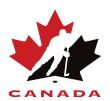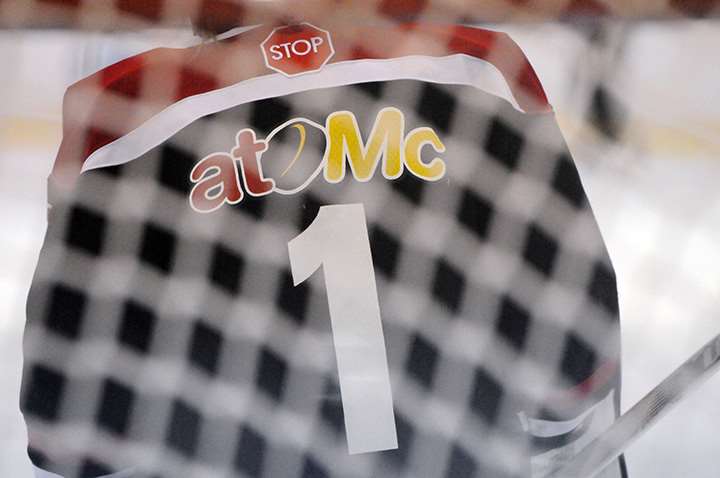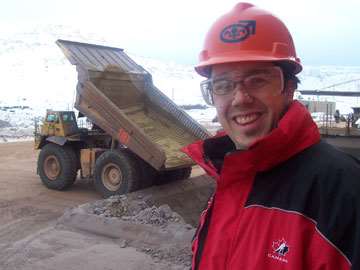Skill Development | Checking
Checking is a critical skill that, when performed properly, can create quality scoring opportunities or help a team regain control of the puck. Just like skating, puck control, passing and shooting, there are key progressions to the skill of checking that, when taught effectively, can enhance the love of the game.

A common misconception is that the skill of checking begins at a certain age or age division. In fact, checking is a four-step progression that begins the first time a young player steps on the ice. Body-checking is the fourth and final step of the progression.
The transition from non-contact to contact hockey can be very uncomfortable for young players, but if coaches are able to effectively put the building blocks in place, it means a smoother transition.
NCCP 4-Step Checking Progression Model
The NCCP checking model is based on the principle that checking should be taught in four logical steps. Each step builds upon the previous step and brings the hockey player that much closer to being able to give and receive body checks competently and confidently.
Checking Manual: Introduction (PDF)
Step 1 – Positioning & Angling: Angling can be considered the first line of defense for a player. Body and stick positions are important in checking without making contact. This section will examine angling as one technique of checking (Step 1) without making contact.
Checking Manual: Positioning and Angling (PDF)
Step 2 – Stick Checks: Stick checking may be considered the second line of defense as angling forces the opposition to a position where contact can be made with the stick.
Manual: Stick Checks (PDF)
Step 3 – Contact Confidence (Body Contact): Body contact is the third step in the progression and is used to gain separation, when a player positions his/her body between the puck and the puck carrier.
Checking Manual: Contact Confidence (PDF)
Step 4 – Body Checking (begins in U15): Body checking is the final step in the 4 step checking progression. A body check can be defined as body contact primarily caused by the movement of the checker. The checker uses their body for the purpose of stopping the attacking progress of the puck carrier and/or to separate the carrier from the puck.
Checking Manual: Body Checking (PDF)
NOTE: While positioning, angling, stick-checking and body contact is taught in the younger age divisions, full body-checking is not permitted until U15 at most intermediate and competitive levels. Some community (house) leagues will offer a non-body-checking option for all age divisions, including U15 and U18.
- <
- >


 HOCKEY CANADA
HOCKEY CANADA









